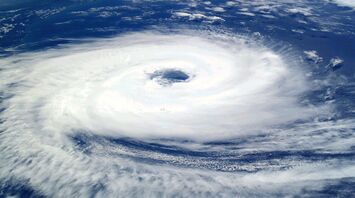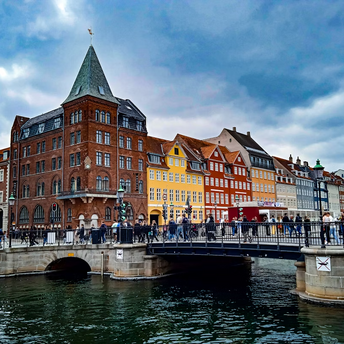Travel Dangers in Typhoon-Prone Regions: Typhoon Gaemi Hits Taiwan and the Philippines

Traveling to regions prone to typhoons, such as Taiwan and the Philippines, is always associated with increased risk. Typhoon Gaemi, which recently hit these countries, is a vivid example of the dangers tourists can face. During the typhoon season, travelers may experience not only deteriorating weather conditions but also severe disruptions in transport and tourism infrastructure. Flight delays, hotel closures, and other infrastructure shutdowns can significantly mar a vacation. Additionally, airlines and hotels often provide compensation for such delays and cancellations, but the process can be cumbersome and time-consuming.
Typhoon Gaemi, which reached Taiwan’s east coast on Wednesday, caused the death of three people and injured hundreds. The storm swept over the island with strong winds and torrential rains, particularly affecting the eastern and southern regions. In the capital city of Taipei, schools and businesses were closed, streets were deserted, and residents took precautions by securing windows and doors.
In the Philippines, despite the typhoon not making landfall, its impact was significant. In Manila Bay, a tanker carrying about 1.5 million liters of industrial fuel capsized. The Philippine Coast Guard discovered the body of one of the missing crew members.
Typhoon Gaemi, continuing its northward movement, now threatens the southeastern coast of China. Chinese authorities have issued the first red alert of the year, preparing for the storm’s arrival. Heavy rains and strong winds, similar to those that hit Taiwan and the Philippines, are expected.
Typhoon Gaemi, which swept across Asia, brought destruction and casualties. Rescue services continue to search for the missing, and residents of the affected regions are rebuilding their homes and lives. This situation underscores the need for preparation and resilient infrastructure to minimize the impact of natural disasters.



















